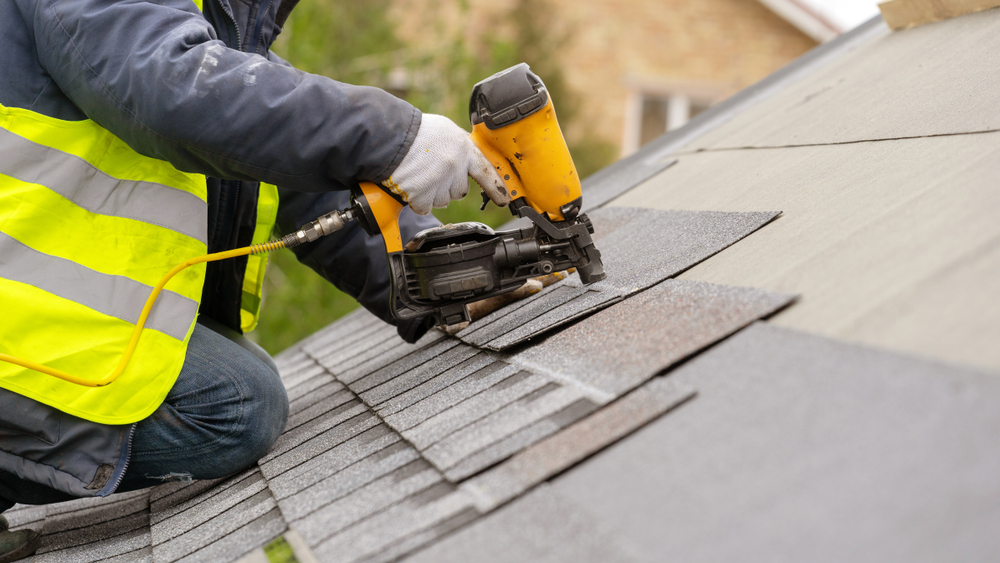Your home’s roof is more than just a protective covering; it’s a crucial component that safeguards your property and enhances its overall value. Understanding the significance of roof maintenance, replacement intervals, and the impact on resale value is essential for homeowners seeking to maximize their investment in property ownership.
Frequency of Roof Replacement:
The lifespan of a roof varies depending on factors such as the type of roofing material, climate conditions, maintenance practices, and the quality of installation. As a general rule of thumb, asphalt shingle roofs, one of the most common types, typically last between 20 to 30 years. Other materials like metal, tile, or slate may have longer lifespans, ranging from 30 to 50 years or more with proper care.
Signs of Roof Wear and Tear:
Regular roof inspections can help identify signs of wear and tear, allowing homeowners to address issues promptly and extend the lifespan of their roof. Signs that may indicate the need for roof replacement include missing or damaged shingles, curling or buckling of shingles, leaks or water stains on interior ceilings or walls, and excessive granule loss from asphalt shingles.
Impact on Resale Value:
A well-maintained roof is a significant selling point for potential buyers and can enhance the resale value of a home. A new or recently replaced roof not only provides peace of mind to buyers regarding the structural integrity of the property but also improves its curb appeal and aesthetic appeal. Additionally, a functional and attractive roof can set your home apart from competing listings in the real estate market, potentially leading to a quicker sale and higher selling price.
Investing in Roof Maintenance:
Regular maintenance is key to prolonging the lifespan of your roof and preserving its value. This includes tasks such as cleaning gutters, removing debris, trimming overhanging tree branches, inspecting for signs of damage, and scheduling professional roof inspections and repairs as needed. Investing in routine maintenance can help identify issues early, prevent costly damage, and ultimately save homeowners money in the long run.
Choosing the Right Roofing Material:
When replacing a roof, homeowners have a wide range of roofing materials to choose from, each with its own advantages and considerations. Factors to consider include durability, aesthetics, energy efficiency, maintenance requirements, and cost. Consulting with roofing professionals can help homeowners select the most suitable roofing material based on their preferences, budget, and long-term goals.
Conclusion:
In conclusion, home roofing plays a crucial role in protecting your investment and enhancing the resale value of your property. Understanding the lifespan of your roof, signs of wear and tear, and the impact on resale value empowers homeowners to make informed decisions regarding roof maintenance and replacement. By investing in proper maintenance and choosing the right roofing materials, homeowners can ensure the longevity, functionality, and attractiveness of their roofs for years to come.
